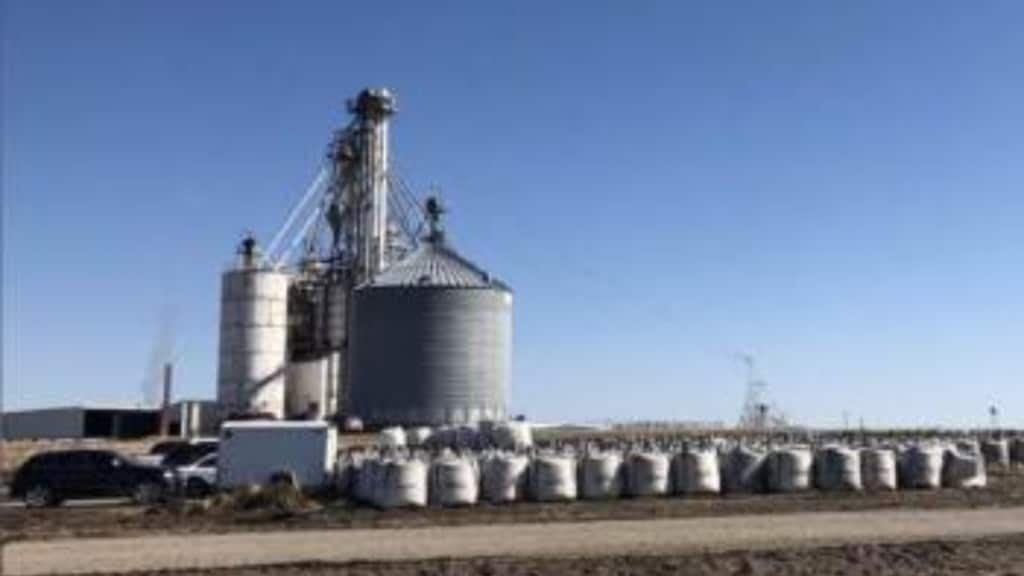By Anirudh Shingal and Rohit Singh
In November 2023, India announced mandatory blending of compressed biogas (CBG) in CNG (transport) and PNG (domestic) segments of the city gas distribution companies operating in the country (blending is currently voluntary but will be mandatory from FY 2025-26). This decision may be a strategic step towards India’s energy independence and a crucial step towards a self-sustainable energy ecosystem.
The concept of fuel blending is not new to the world. The first blending of fossil fuel was with ethanol, which was first used by Nicholas Otto, a German engineer, to power one of his engines in 1876. Ethanol was then used as a major illuminating oil in the United States, though its blending with gasoline began in the 1920s to increase octane and reduce engine knocking. Demand for ethanol peaked during WWII due to fuel shortage but dropped thereafter owing to low fossil fuels prices. However, the energy crisis of the 1970s changed the energy landscape. The OPEC oil embargo forced countries to think of alternative fuels to replace their fossil fuel dependence on OPEC countries. Brazil then began promoting bioethanol as a fuel and launched its National Alcohol program in 1973 as a strategic policy to replace petroleum-based fuels with alcohol (ethanol). This resulted in a 10% reduction in its petroleum fuel dependence by the year 1983. Technological advancements overtime along with the decrease in the oil prices led to complete ethanol engines being replaced by flex fuel engines in the 1990s for efficient usage of both petroleum-based fuels and ethanol, thereby balancing economic considerations.
India has an ambitious agenda to become the third largest economy in the world and has been undertaking massive investments in improving its infrastructure. However, India is also the third largest contributor to global GHG emissions, though it ranks much lower in emissions per capita. Climate change is forcing a green transition in countries across the world. Blending of fuels could also be a significant step in the decarbonization of the transport industry as biofuel burns cleaner than fossil fuels resulting in lower GHG emission.
Besides being environment-friendly, the use of blended fuels also has certain economic advantages for India. The country currently imports around 85% of its crude oil and 48% of its natural gas requirements. Petroleum imports account for 26% of the country’s total merchandise imports. Blending of biofuels can help in reducing India’s crude oil imports, thereby improving the country’s trade balance, and making it less vulnerable to the adverse impact of supply-chain disruptions, thereby also contributing towards price stability in the domestic market. Biofuel production can also provide an additional revenue stream to farmers owing to increased demand for feedstock for biofuels like biogas and ethanol.
The average FOB (Free On-Board price is the crude price at the point of loading the crude onto a vessel for export) crude oil price for India was $82.14 per barrel for FY 2023-24. Assuming shipping and refining costs of $10 per barrel each, the total cost of fuel usage amounts to $102.14 per barrel (excluding the environmental costs associated with this usage). Tariffs, taxes, and duties add roughly $18.00 to these economic costs. According to a 2021 NITI Aayog report on the roadmap for Ethanol blending in India, the average price of Ethanol production from all sources is $0.757 per liter or $120 per barrel, which translates into $130 per barrel in today’s money. This reflects today’s cost scenario for biofuels compared to conventional fossil fuels.
With government subsidies, the cost of biofuels is poised to go down in the near future. Given rising AQI (Air quality index) levels across the country, the blending program with increased usage of biofuels is also the need of the hour. The government is playing an important role by subsidizing blending and acting as a demandeur for biofuel development, which also aligns with global efforts to mitigate climate change and can thus enhance India’s international standing in environmental initiatives and the 2030 climate agenda. India achieved its 10% blending (Ethanol blending with petrol) target for Ethanol five months before the scheduled timeline and by 2025, it aims to achieve 20% blending of Ethanol; the Ethanol industry is expected to grow by 500% by 2025.
But these developments are not without challenges. Biofuel production requires a compatible infrastructure in terms of storage, transportation, and distribution and hence, investments are necessary in upgrading the infrastructure. Although domestic production of biofuels like ethanol is expected to multiply in the future, there may be a need for imports if domestic production is not sufficient or hampered at some stage. This could offset the gains from reducing crude oil and LNG imports. The other challenge revolves around feedstock. The increased demand for feedstock like sugarcane, corn and other food grains can lead to potential conflicts in agricultural land use. Ultimately, the choice between increasing biofuel blending and energy imports will depend on the complex interactions of economic, environmental, and social factors which align with the objectives and priorities of India’s energy and agricultural needs and policies.
[The authors: Anirudh Shingal is Professor (Finance & Economics), Bhavan’s SPJIMR, Mumbai and Senior Programme Associate, Global Governance Programme, European University Institute, Florence. Rohit Singh is a Graduate, Post-Graduate Programme in Management, Bhavan’s SPJIMR, Mumbai.]
(Disclaimer: Views expressed are personal and do not reflect the official position or policy of Financial Express Online. Reproducing this content without permission is prohibited.)


